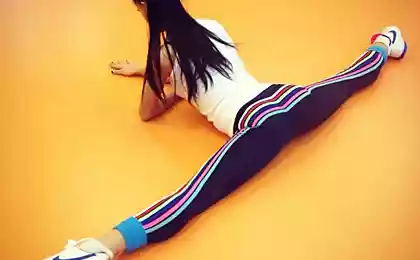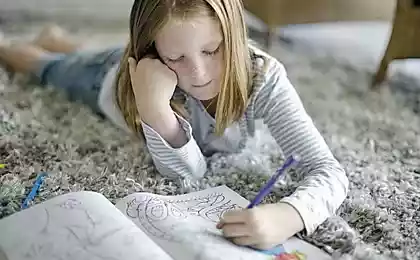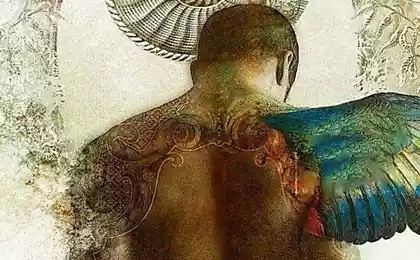409
The roller mechanism is able to restore the function of hand
Eighty eight million four hundred seventy two thousand one hundred forty three
Modern dentures can replace amputated limbs of people, but what if the man still has hands, but they have lost their function due to damage to the nerve?
Scientists of Oregon state University (OSU) have considered the problem and came up with an implant consisting of a simple pulley system through which more efficiently transmitted mechanical force.
In contrast to the technology of transplantation of nerves, which provides a nerve graft from the upper parts of the patients ' hands on vertebrae C7 to recover some work of the hands, a technique the University of Oregon is the connection of the several tendons of fingers on one muscle through a passive hierarchical artificial pulley.
The disadvantage of this tendon is something that you need to exert a much greater force, and the fingers all work simultaneously, not separately.
Scientists tested the technology on hand, which has no touchscreen, no electronic or motor capabilities. They found that the passive system can produce more natural and adaptive flexion of the fingers.
"Our technology will certainly work, and it is able to merge artificial mechanisms with biological functions," said Ravi Balasubramanian, associate Professor of engineering.
Although the new technology was tested on the hand, scholars argue that it can be applicable for many damaged joints.
"It will take us several years to develop biocompatible materials that will prevent fibrosis, and to make other necessary improvements, then test it on animals and humans," said Balasubramanian. "Our technology can be used not only on the damaged hands, but the knees, ankles, etc. We can help people recover the function they lost as a result of illness or injury".
Balasubramanian believes that this is not the limit of technology. He proposes to use a mechanized system for the development of joint or limb that will mechanically function better than they did before the injury.
Scientists at the University of Oregon and University Medical School of Washington published their findings in the journal Hand.
Source: www.scitech-news.ru/
Modern dentures can replace amputated limbs of people, but what if the man still has hands, but they have lost their function due to damage to the nerve?
Scientists of Oregon state University (OSU) have considered the problem and came up with an implant consisting of a simple pulley system through which more efficiently transmitted mechanical force.
In contrast to the technology of transplantation of nerves, which provides a nerve graft from the upper parts of the patients ' hands on vertebrae C7 to recover some work of the hands, a technique the University of Oregon is the connection of the several tendons of fingers on one muscle through a passive hierarchical artificial pulley.
The disadvantage of this tendon is something that you need to exert a much greater force, and the fingers all work simultaneously, not separately.
Scientists tested the technology on hand, which has no touchscreen, no electronic or motor capabilities. They found that the passive system can produce more natural and adaptive flexion of the fingers.
"Our technology will certainly work, and it is able to merge artificial mechanisms with biological functions," said Ravi Balasubramanian, associate Professor of engineering.
Although the new technology was tested on the hand, scholars argue that it can be applicable for many damaged joints.
"It will take us several years to develop biocompatible materials that will prevent fibrosis, and to make other necessary improvements, then test it on animals and humans," said Balasubramanian. "Our technology can be used not only on the damaged hands, but the knees, ankles, etc. We can help people recover the function they lost as a result of illness or injury".
Balasubramanian believes that this is not the limit of technology. He proposes to use a mechanized system for the development of joint or limb that will mechanically function better than they did before the injury.
Scientists at the University of Oregon and University Medical School of Washington published their findings in the journal Hand.
Source: www.scitech-news.ru/























